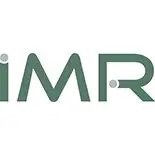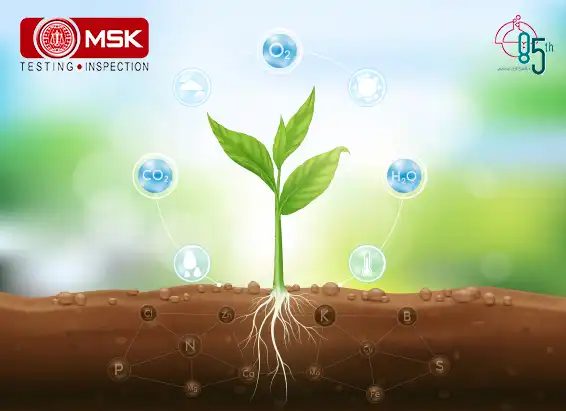
ABSTRACT:
Nowadays, human exposure to microplastic (MP) particles through the contamination of foods may be a risk factor for human health.This study providesa basic outline of microplastic contamination (plastic particle <5mm in size)into pasteurized liquid milk samples.Microplastic particle contamination is highly intended in the food chain by consuming food products packed in plastic bags. In this study, around 4 brands of liquid milk samples were collected for testing.FTIR –ATR techniques and TGA analysis were utilized to characterize MPs in liquid milk samples. From the composition analysis by FTIR we are able to confirm the presence of microplastic (polyethylene, polypropylene)in liquid milk samples.
Graphical Abstract:
KEYWORDS: Microplastics, Milk, Polyethylene (PE), Polypropylene (PP), FTIR, TGA, Plastic Contaminants.
Milk is the most consumed food products, riches in nutrients such as protein, minerals, calcium, magnesium, potassium, zinc, phosphorus, and vitamins such as vitamin D, which play a key role in healthy human nutrition and development.Concerning the importance of hygiene and human health, milks are often tested for the presence of pathogens and other chemicalsubstances butwas never questioned in the context of microplastics development during the production process, from the farms to dairyindustry.In addition, plastic-based packaging materials influencethe milkcomponents to increase the possibility ofcontamination of MPs in to the milk samples. Plastics are preferred to use as a packaging materials due to their low production costs, easy transportability, versatility, lightweight nature, durability, and recycling potential. There are two types of microplastics:
Primary Microplastic are microbeads. These are very small particles that are often used in personal care products and cosmetics as scrubbing agents.
Secondary Microplastic are all plastic particles that originate from larger pieces, for example due to mechanical breaking of plastic.
The possible risks of milk contamination for microplastics may occur from raw milk, production process, inadequate handling, transportation, improper storage Condition, poor hygienic condition as well as poor water supply conditions and inadequate handling of milk. In addition, there is growing evidences for the impacts of plastic based packaging materials for microplastics contamination in various food and beverages.
Microplastics are mainly made up of polyethylene (PE), polypropylene(PP), polyethylene terephthalate (PET) and nylon. Of these, polyethylene, polyethylene terephthalate, and nylon are degradable, while polypropylene is non-degradable. There are two categories of PE: high
density (HDPE) and low density (LDPE). HDPE is stiff, strong, though, resistant to chemicals
and moisture, permeable to gas and easy to process. It is used to make for example bottles, boxes, tubes and bags. LDPE is flexible, strong, tough, easy to seal and resistant to moisture.
Since LDPE is transparent, it is used in film applications and in applications were heat sealing
is necessary. PP is harder, denser and more transparent than PE; it has a good resistance to chemicals and is effective as moisture barrier. Its high melting point (160 ºC) makes it suitable for applications where thermal resistance is required, such as hot fill and microwaveable packaging, ketchup bottles, yogurt and margarine containers, medicine and syrup bottles, drinking straws, opaque plastic containers, including baby bottles.
This is of great concern about potential human health since MPs have become an integral contaminant of plastic food packaging. MPs may enter the human body through various routes, ingestion being the most relevant route for food and beverages contaminated with MPs. MPs have been associated with causing Cancer, Cardiovascular diseases, Endocrine disruption, GIT diseases, Respiratory tract irritation, Asthma Damage of liver & spleen.
Sampling Strategy: Pasteurised liquid pouch milk samples are chosen based on distribution availability and domestic consumption. Accordingly, 4 branded samples were chosen and purchased from local stores. Most of the samples were packed with films made of polyethylene(PE). Other than polyethylene(PE), Polypropylene(PP) is also used in the manufacture of milk pouch. Milk samples were stored at 6°C until processed for microplastic extraction.
Sample Treatment and Microplastics Extraction: Filtration technique was applied for Microplastics extraction. Each sample was initially mixed by inverting the milk pouch and then transferred to a glass beaker. Filtration was performed using Whatman GF/C (Glass Microfiber) filter. Pore size of 1.2 micron, Diameter 47mm.Milk components such as fat do not pass-through pores when cold, so milk (100 ml) is heated and filtered for better filtration. Warm milk samples were filtered with Whatman GF/C filters using a vacuum pump set to about 0.5 bar pressure. All milk samples were handled with extreme caution to maintain warm temperature throughout the filtration process, preventing clogging of any solid particles. After complete filtration, filters were carefully transferred to petridishes using metal tweezers and kept for drying in a hot air oven at 103-105°C. Dried samples were stored and subjected to analysis.
Sample Analyses: Identification and Estimation of Microplastics by FTIR:
Blank filters were analyzed before sample filtration. The completely air-dried filters were observed under Fourier Transformed Infrared Spectroscopy (Thermo Scientific; Model no: Nicolet iS10). Equipped with a Attenuated Total Reflectance (ATR), OMNIC software were used for analysis and data processing. All the samples were recorded in an absorbance range spectrum between 4,000-400 cm−1 with a 4 cm−1 resolution and 16 scans. FTIR provides information on the basis of the chemical composition of the whole sample. The acquired result spectra were compared with reference spectra of polyethylene, polypropylene from Thermo Scientific ATR Polymer sample library. The peak confirms the presence of polyethylene (PE) and polypropylene (PP).
3. results:
Main absorptions of polyethylene, polypropylene in the IR region and their assignment:
|
Band(cm-1) |
Assignment |
Intensity |
|
2919 |
CH2 asymmetric stretching |
Strong |
|
2851 |
CH2 symmetric stretching |
Strong |
|
Blank filter paper CH2 Stretching in Milk Pouch & Brand-1 filtrate Sample
FTIR-Polymer Library Matching with Pouch FTIR-Polymer Library Matching with Sample
|
|
CH2 Stretching in Milk Pouch & Brand-2 filtrate Sample
FTIR-Polymer Library Matching with Pouch FTIR-Polymer Library Matching with Sample |


Chief Operation, FAMD, Tata Steel Limited..


Sr. General Manager,, Emirates Trading Agency L.L.C..


Mines Manager, Hindustan Zinc Limited, a Vedanta Company.


General Manager, Stevin Rock L.L.C..


Executive Vice President (Works),, DCW Limited.


AVP – Coal Quality & Sales Compliance Head,, PT Indo Tambangraya Megah Tbk (BANPU).


Laboratory Head, MMX.


Shipping Administrator, Mount Gibson Iron Limited.


Senior Director – Asia Pacific Iron Ore Sales,, Cliffs Natural Resources Pty Ltd..

Posted on April 30 2024 By Mitra S.K ADMIN
Read More
Posted on April 29 2024 By Mitra S.K ADMIN
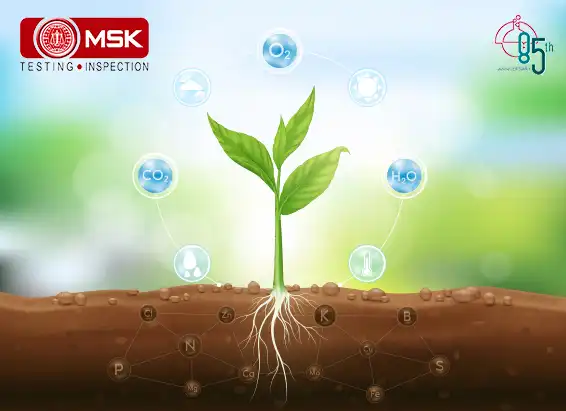
Posted on December 30 2023 By Mitra S.K ADMIN
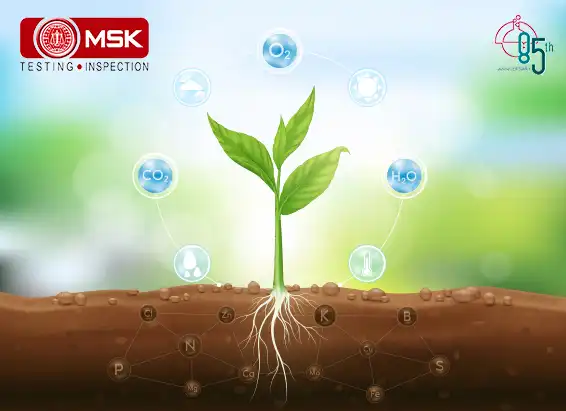
Posted on December 30 2023 By Mitra S.K ADMIN
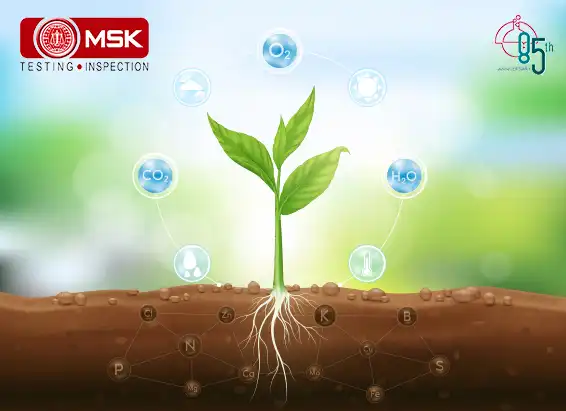
Posted on December 30 2023 By Mitra S.K ADMIN
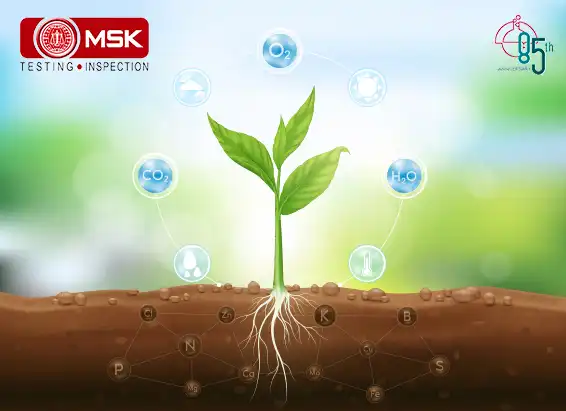
Posted on December 27 2023 By Mitra S.K ADMIN

Posted on December 27 2023 By Mitra S.K ADMIN
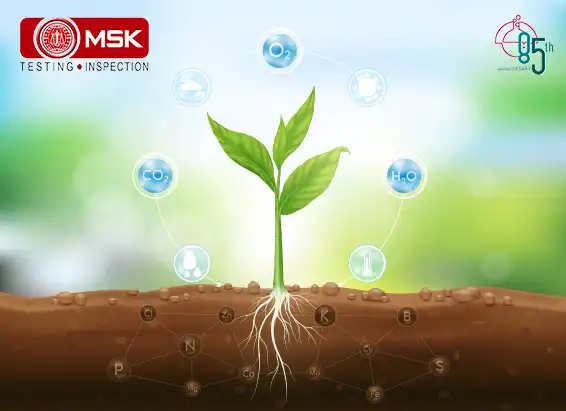
Posted on December 27 2023 By Mitra S.K ADMIN
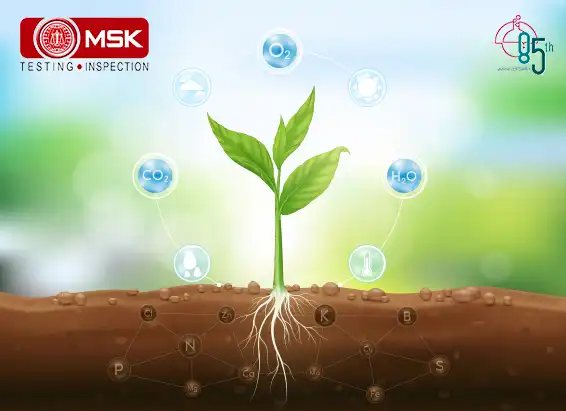
Posted on December 27 2023 By Mitra S.K ADMIN
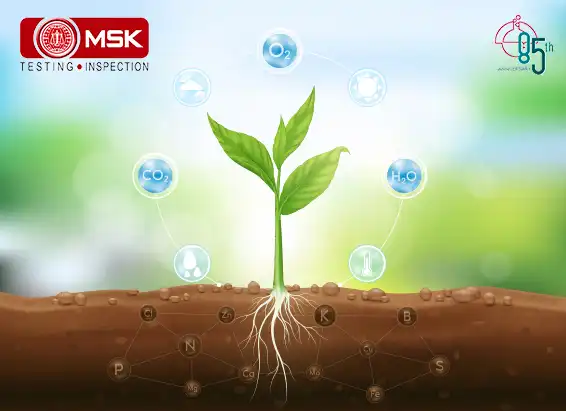
Posted on December 27 2023 By Mitra S.K ADMIN
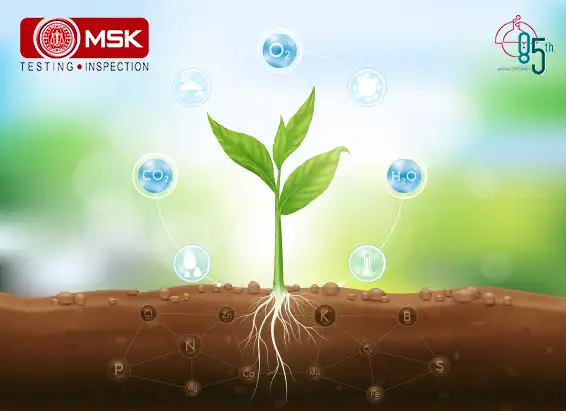
Posted on December 27 2023 By Mitra S.K ADMIN
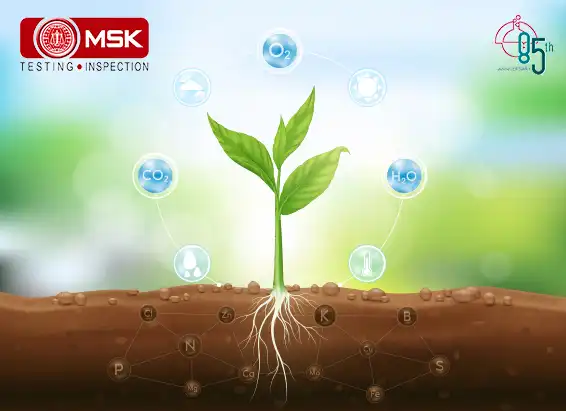
Posted on December 27 2023 By Mitra S.K ADMIN
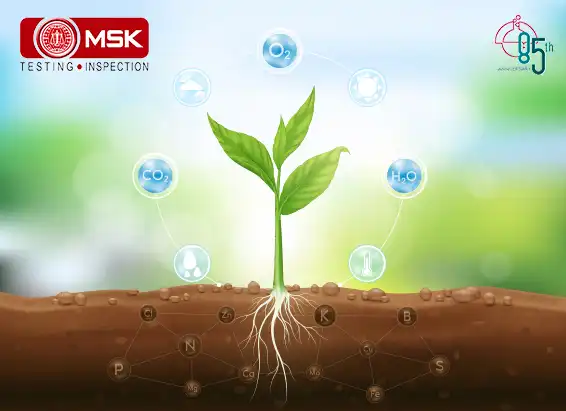
Posted on December 26 2023 By Mitra S.K ADMIN
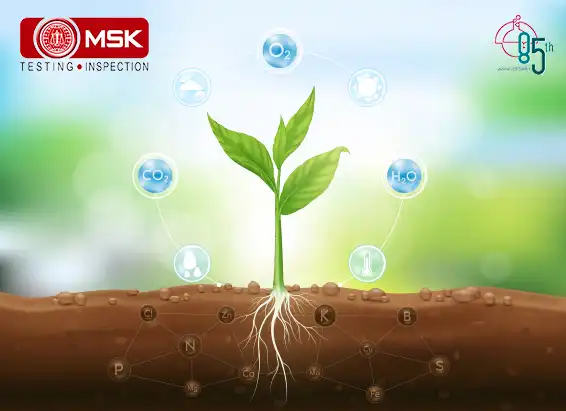
Posted on December 09 2022 By Mitra S.K ADMIN
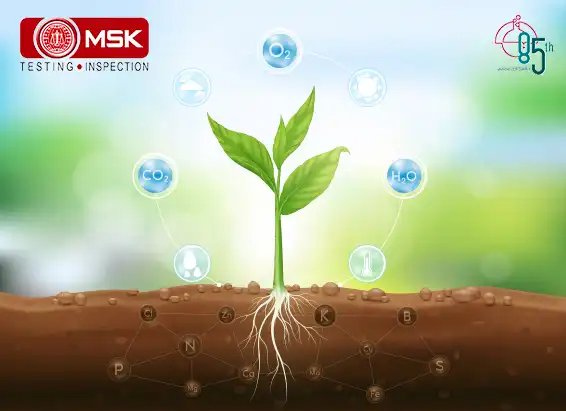
Posted on December 02 2022 By Mitra S.K ADMIN
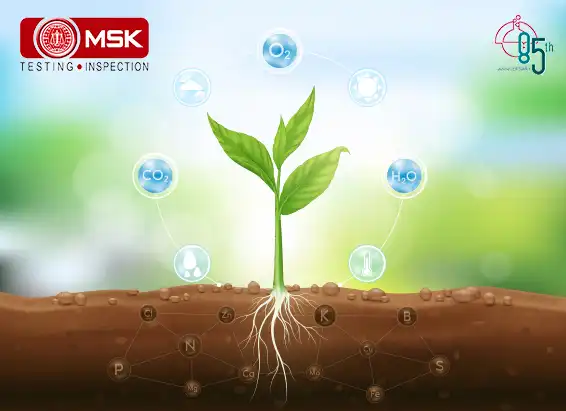
Posted on December 02 2022 By Mitra S.K ADMIN
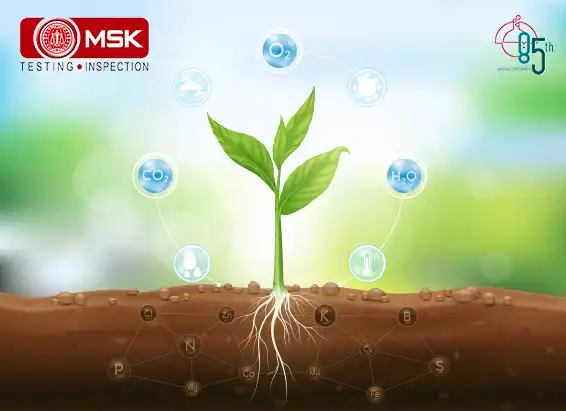
Posted on December 02 2022 By Mitra S.K ADMIN

Posted on December 02 2022 By Mitra S.K ADMIN
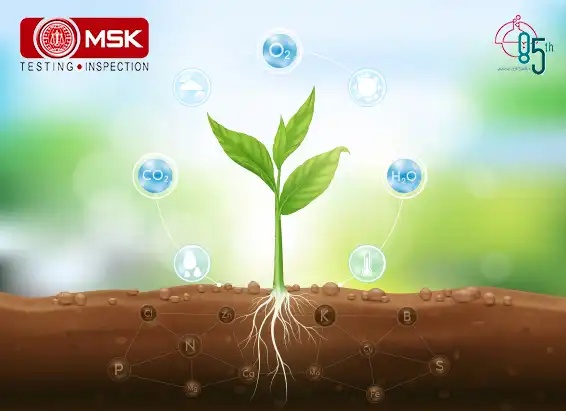
Posted on December 02 2022 By Mitra S.K ADMIN
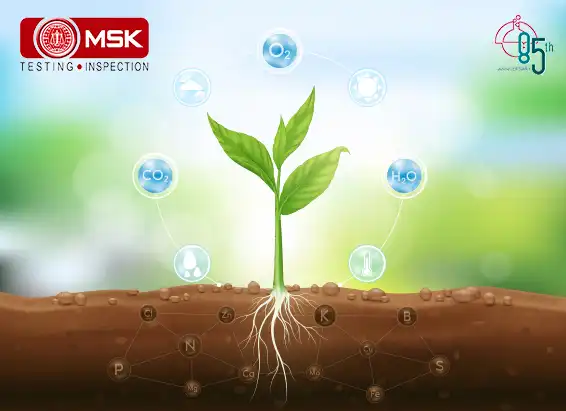
Posted on December 02 2022 By Mitra S.K ADMIN
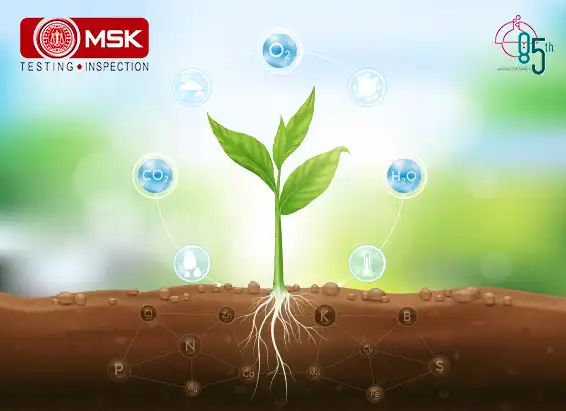
Posted on December 02 2022 By Mitra S.K ADMIN
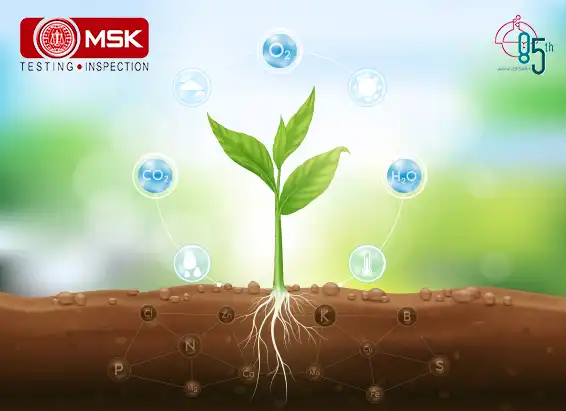
Posted on December 02 2022 By Mitra S.K ADMIN
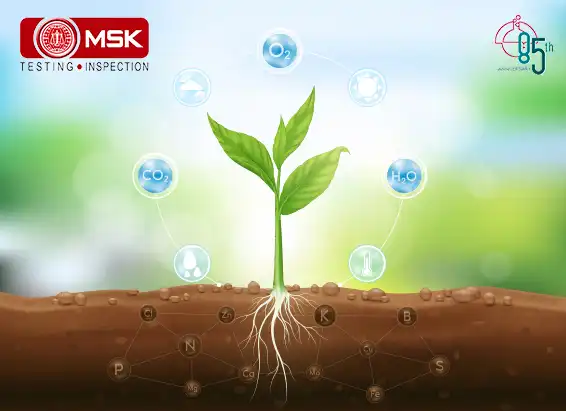
Posted on December 01 2022 By Mitra S.K ADMIN
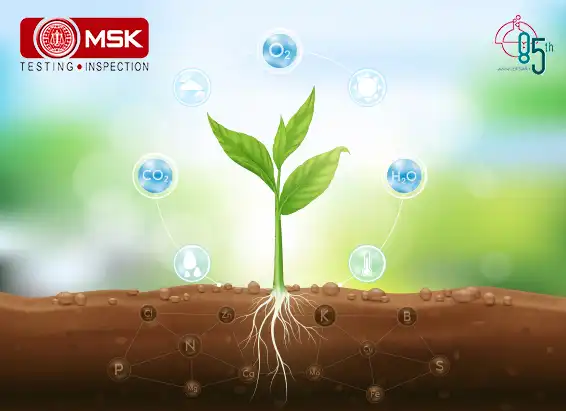
Posted on December 01 2022 By Mitra S.K ADMIN
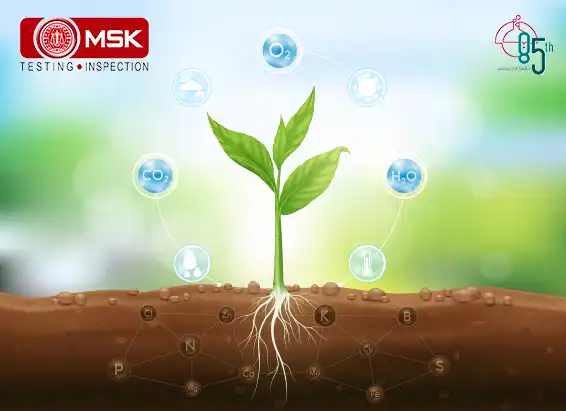
Posted on December 01 2022 By Mitra S.K ADMIN
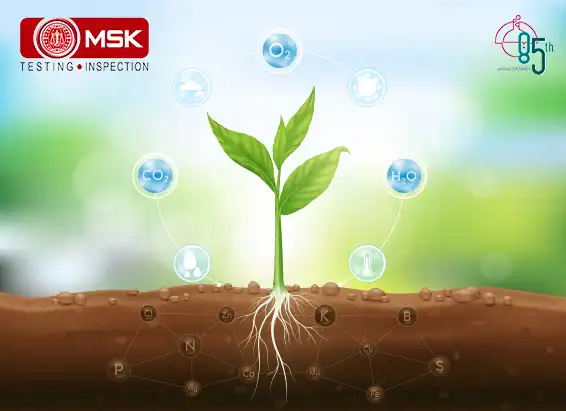
Posted on December 01 2022 By Mitra S.K ADMIN
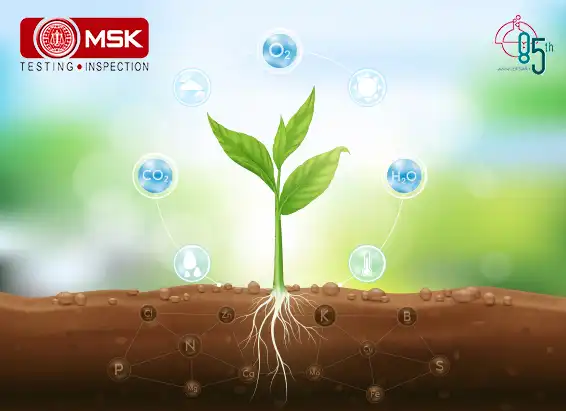
Posted on November 30 2022 By Mitra S.K ADMIN
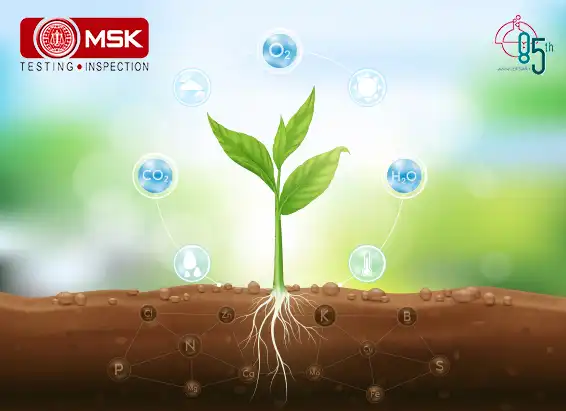
Posted on November 30 2022 By Mitra S.K ADMIN
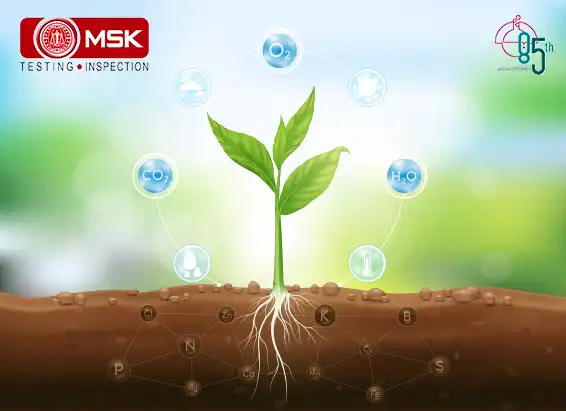
Posted on November 30 2022 By Mitra S.K ADMIN
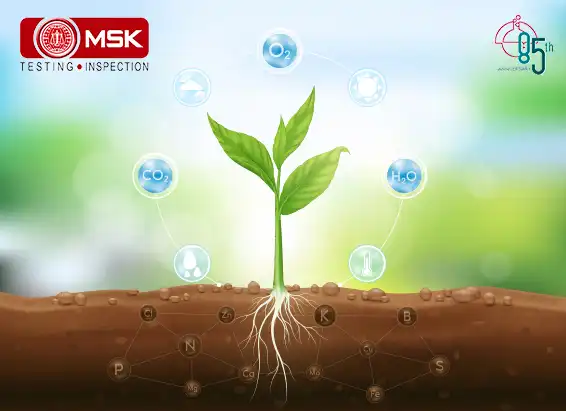
Posted on November 30 2022 By Mitra S.K ADMIN
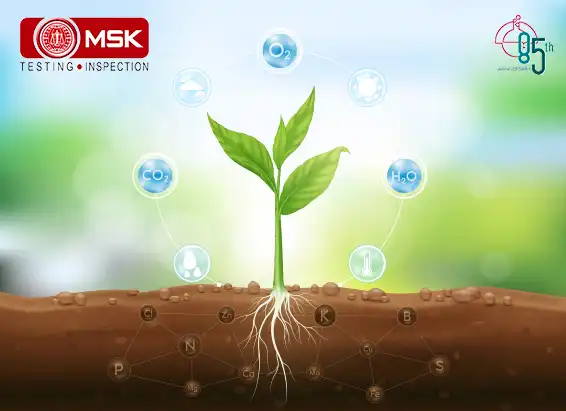
Posted on November 30 2022 By Mitra S.K ADMIN
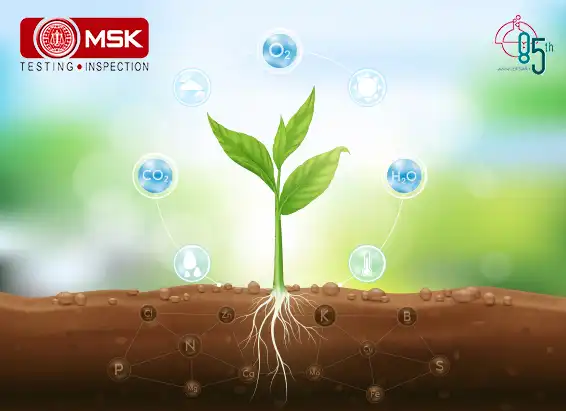
Posted on September 27 2022 By Mitra S.K ADMIN

